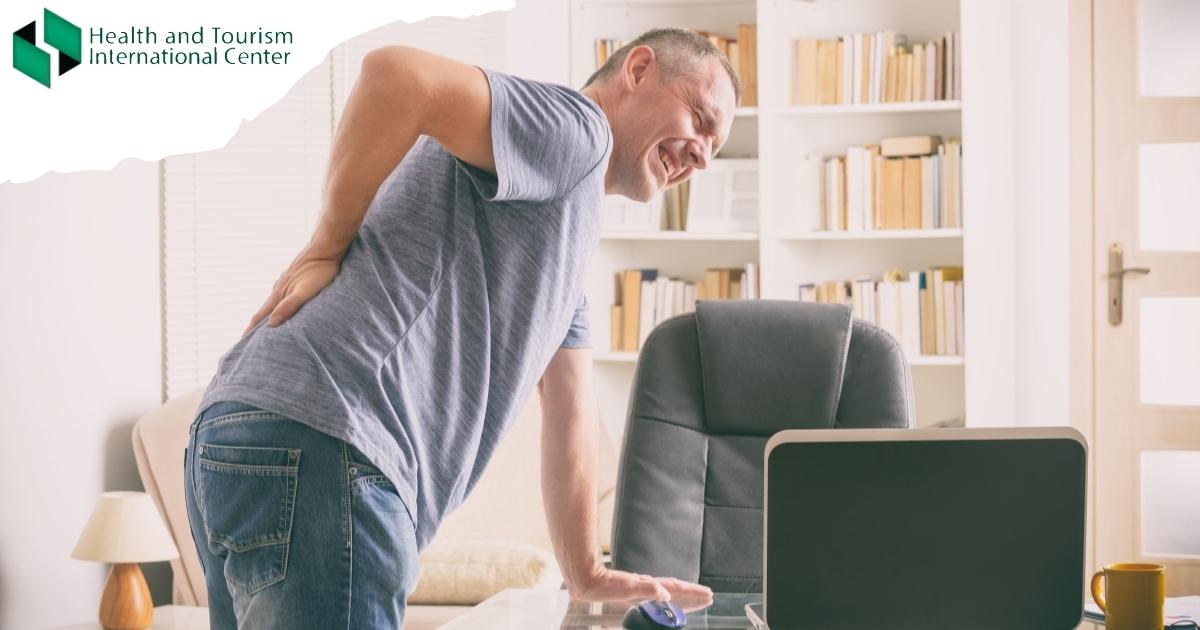Low back pain is a common discomfort.
Low back pain is one of the most common causes of consultation with a doctor,
hospitalization, surgery or temporary incapacity for work.
Acute and chronic low back pain
There are two forms of back pain - acute and chronic.
Acute pain occurs instantly, for example, due to lifting a heavy object, trauma, sleeping in the wrong posture, or awkward movement.
Acute back pain can last anywhere from a few days to a few weeks, while chronic back pain is pain that lasts longer than three months.
Low back pain is more likely to occur in individuals between the ages of 30 and 50.
The underlying cause
Low back pain is formed as a result of a number of factors.
For example, the cause may be:
- Disc injury
- Sciatica
- Spinal stenosis
- Strains
- Arthritis
- Fibromyalgia
- Spondylitis
- Spondylosis
- Kidney and bladder problems
- Pregnancy
- Endometriosis
- Ovarian cysts
- Cancer
Home care
Self-care methods are helpful for the first 72 hours after the pain begins.
If the pain doesn’t improve after 72 hours of home treatment, you should call your doctor.
Stop your normal physical activities for a couple of days and apply ice to your lower back. Doctors generally recommend using ice for the first 48 to 72 hours, then switching to heat. Alternate ice and heat to relax muscles.
Take over-the-counter pain medication.
Sometimes lying on your back causes more discomfort. If so, try lying on your side with
your knees bent and a pillow between your legs. If you can lie comfortably on your back,
place a pillow or rolled-up towel beneath your thighs to reduce the pressure on the
lower back.
A warm bath or a massage can often relax stiff and knotted muscles in the back.
Source:
https://www.healthline.com/health/low-back-pain-acute

